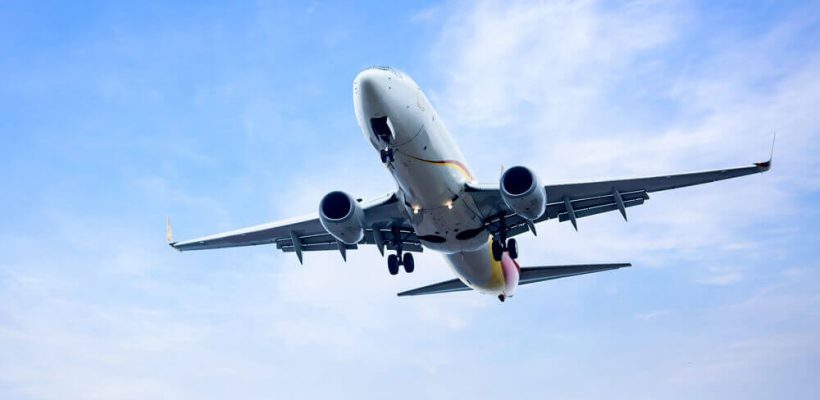In the fast-paced world we live in, it's natural to wonder why airlines don't fly faster. With advancements in technology and a desire for efficiency, one might assume that airlines would strive to maximize their speed. However, there are several factors that contribute to the limitations on airline speed. In this blog post, we will delve into the reasons behind these limitations and explore the intricate balance between speed, safety, and economics in the airline industry.
- Safety First: The Physics of Flight
Flying at high speeds poses unique challenges for aircraft. As an aircraft accelerates, the forces acting upon it increase exponentially. These forces, such as drag and turbulence, can have a significant impact on the stability and control of the aircraft. To ensure passenger safety, airlines adhere to specific speed limits that have been determined through rigorous testing and analysis. These limits allow pilots to maintain control and maneuver the aircraft effectively, even in adverse weather conditions. - Fuel Efficiency: The Cost of Speed
While speed may be desirable, it comes at a cost. The faster an aircraft flies, the more fuel it consumes. Fuel is one of the largest expenses for airlines, and they constantly strive to optimize fuel efficiency to reduce costs and minimize their environmental impact. By operating within specific speed ranges, airlines can strike a balance between reaching their destinations in a timely manner and conserving fuel. This delicate balance ensures that airlines can remain competitive while also being environmentally conscious. - Air Traffic Management: Sharing the Skies
The skies are a busy place, with thousands of aircraft flying simultaneously. Air traffic management systems play a crucial role in ensuring the safe and efficient flow of air traffic. By imposing speed restrictions, air traffic controllers can maintain separation between aircraft, reducing the risk of collisions and congestion. These restrictions are carefully coordinated to ensure that aircraft can maintain a safe distance from each other, especially during takeoff and landing when aircraft are in close proximity. - Noise Regulations: Quieting the Skies
Aircraft noise has long been a concern for communities near airports. To mitigate noise pollution, airports and regulatory bodies impose strict noise regulations on aircraft operations. These regulations often include speed restrictions during certain hours or in specific areas. By adhering to these restrictions, airlines can minimize the impact of aircraft noise on surrounding communities, fostering better relationships between airports and local residents.
Conclusion:
While it may be tempting to push the limits of speed in the airline industry, various factors prevent airlines from flying faster. Safety considerations, fuel efficiency, air traffic management, and noise regulations all play a role in determining the speed at which aircraft operate. By striking a balance between these factors, airlines can ensure the safety and comfort of their passengers while also minimizing their environmental impact. So, the next time you find yourself wondering why airlines don't fly faster, remember that there is a complex web of factors at play, all aimed at providing a safe, efficient, and sustainable air travel experience.

